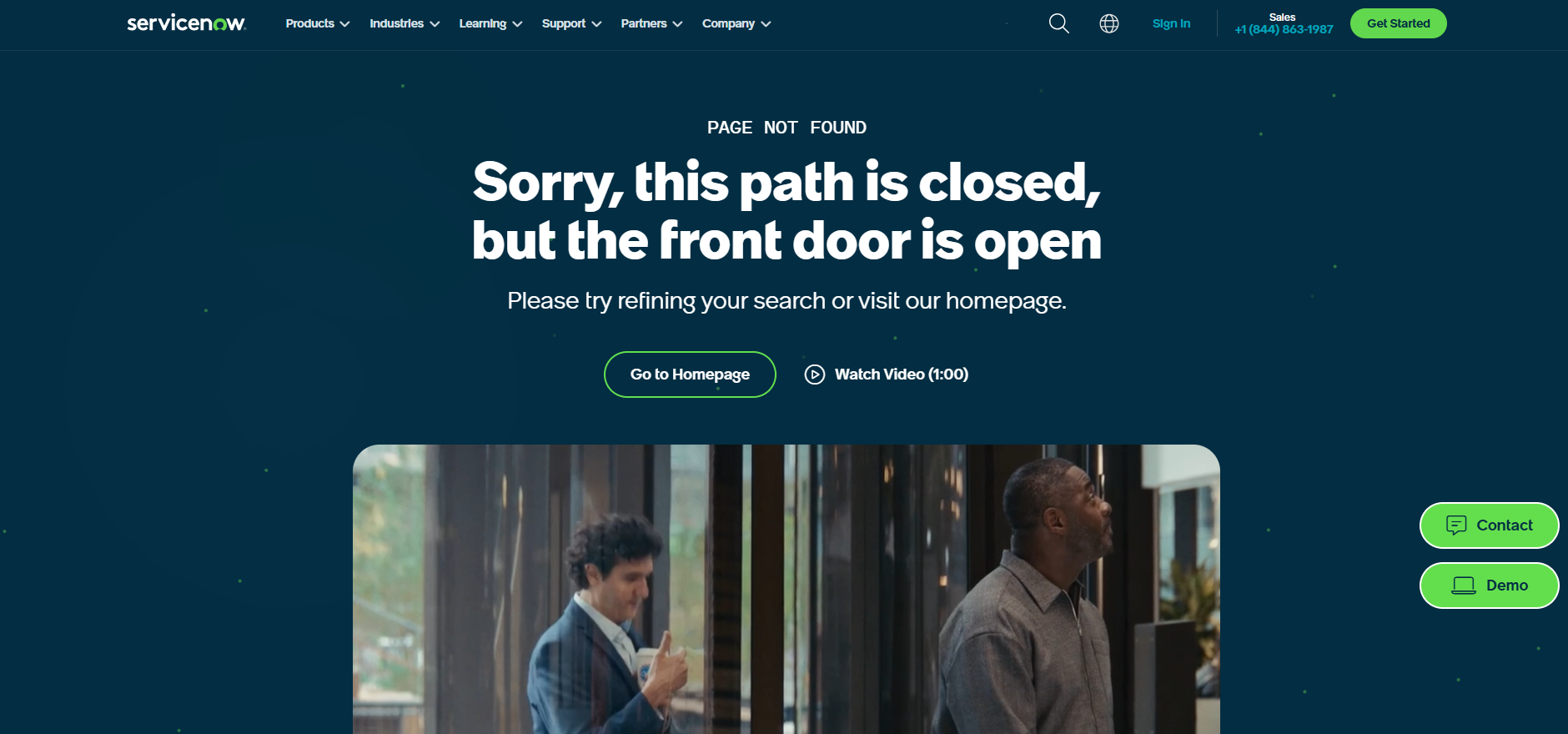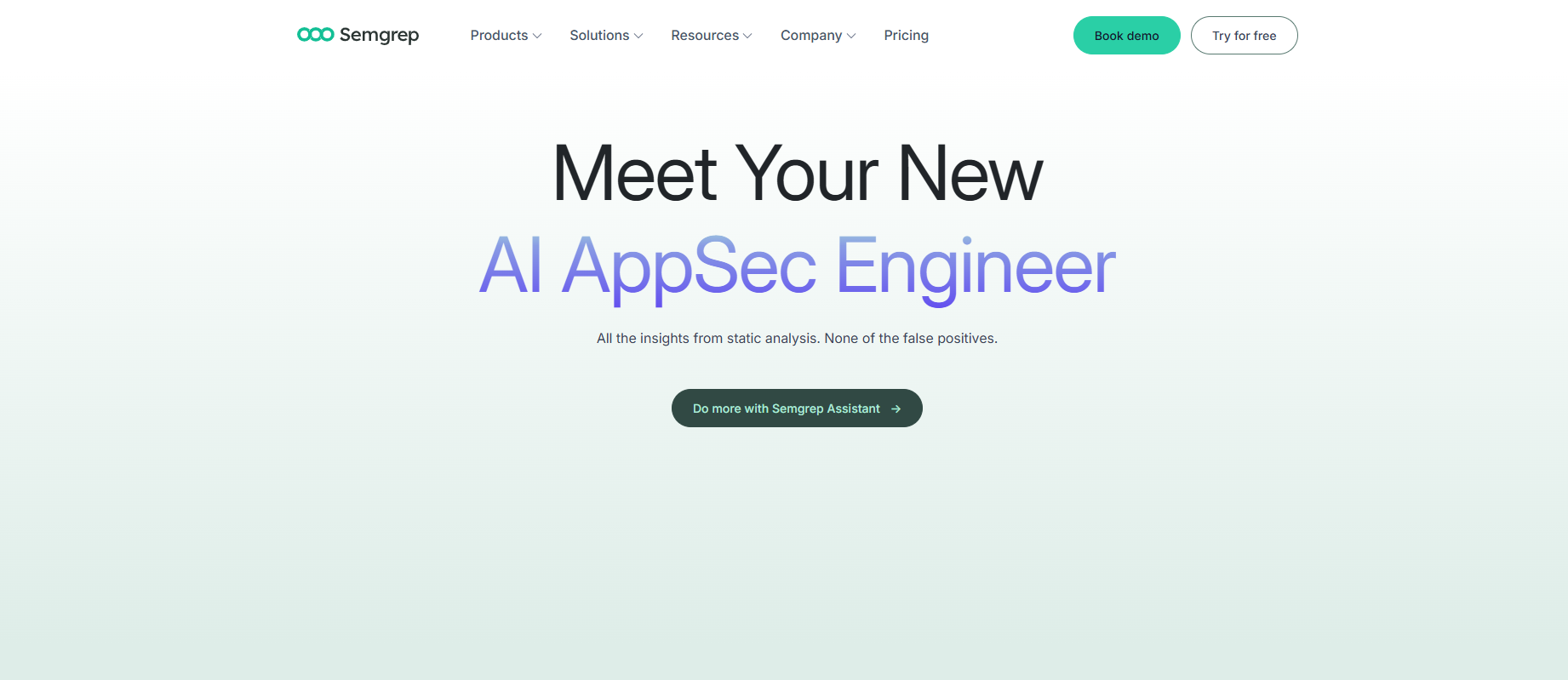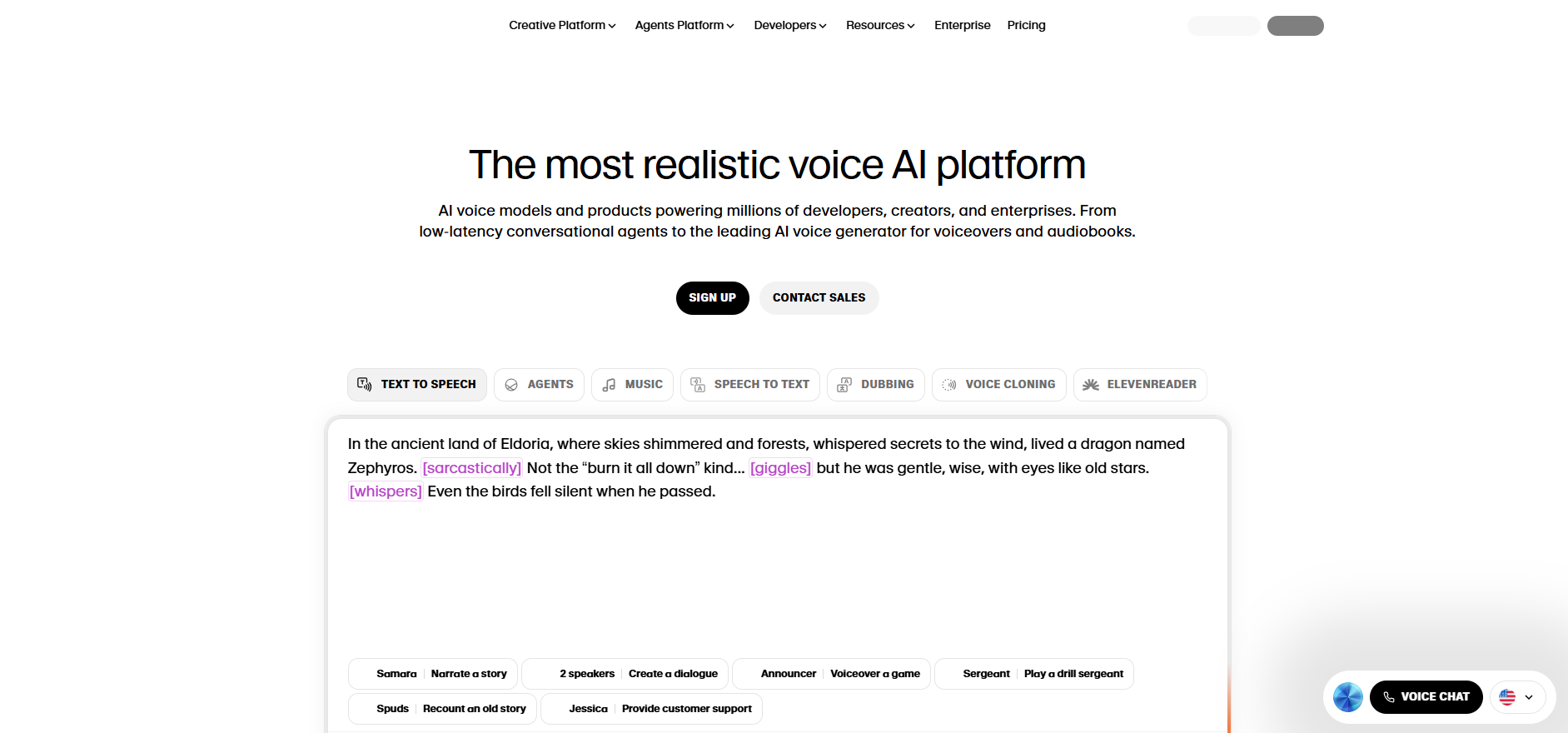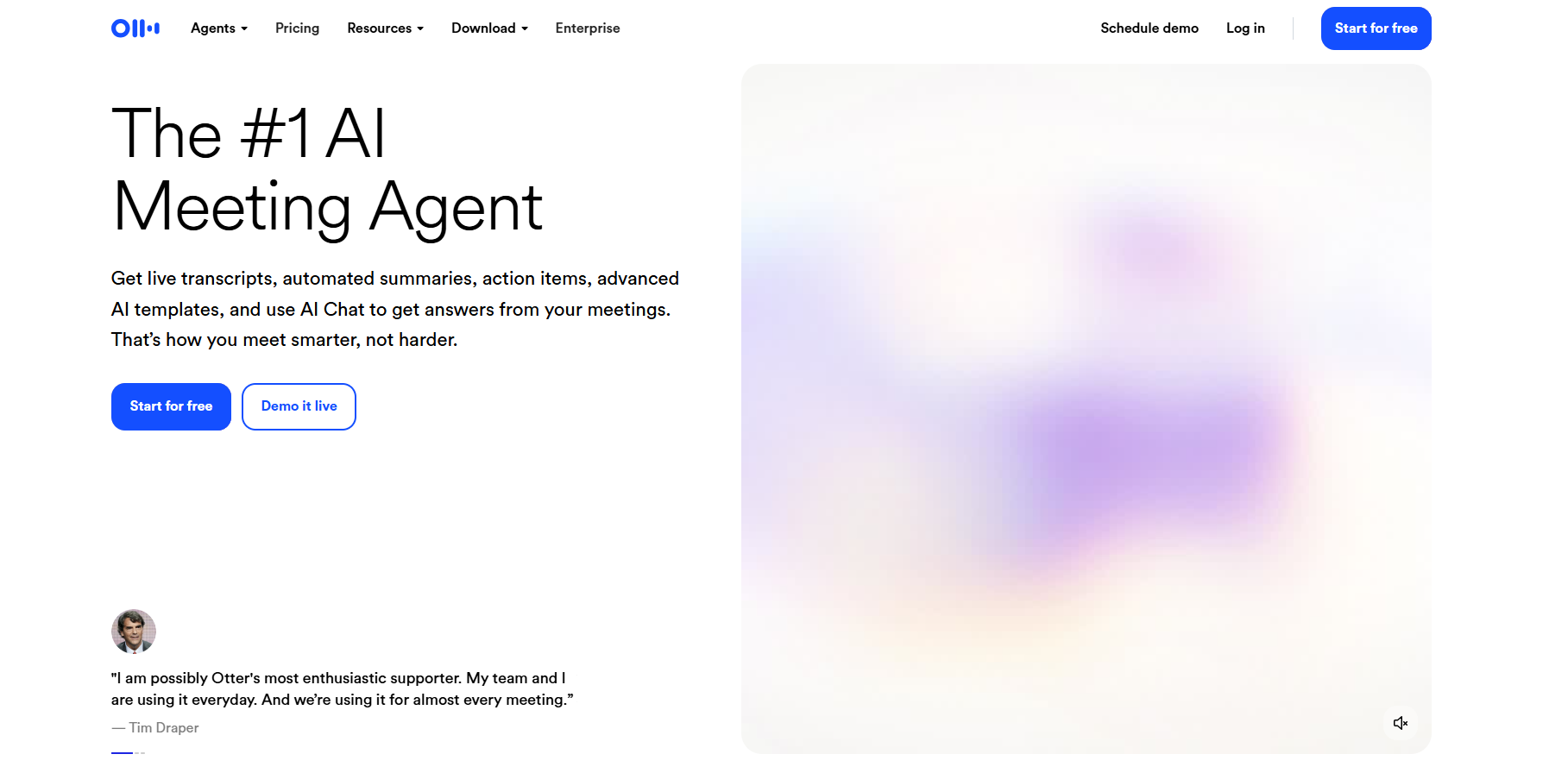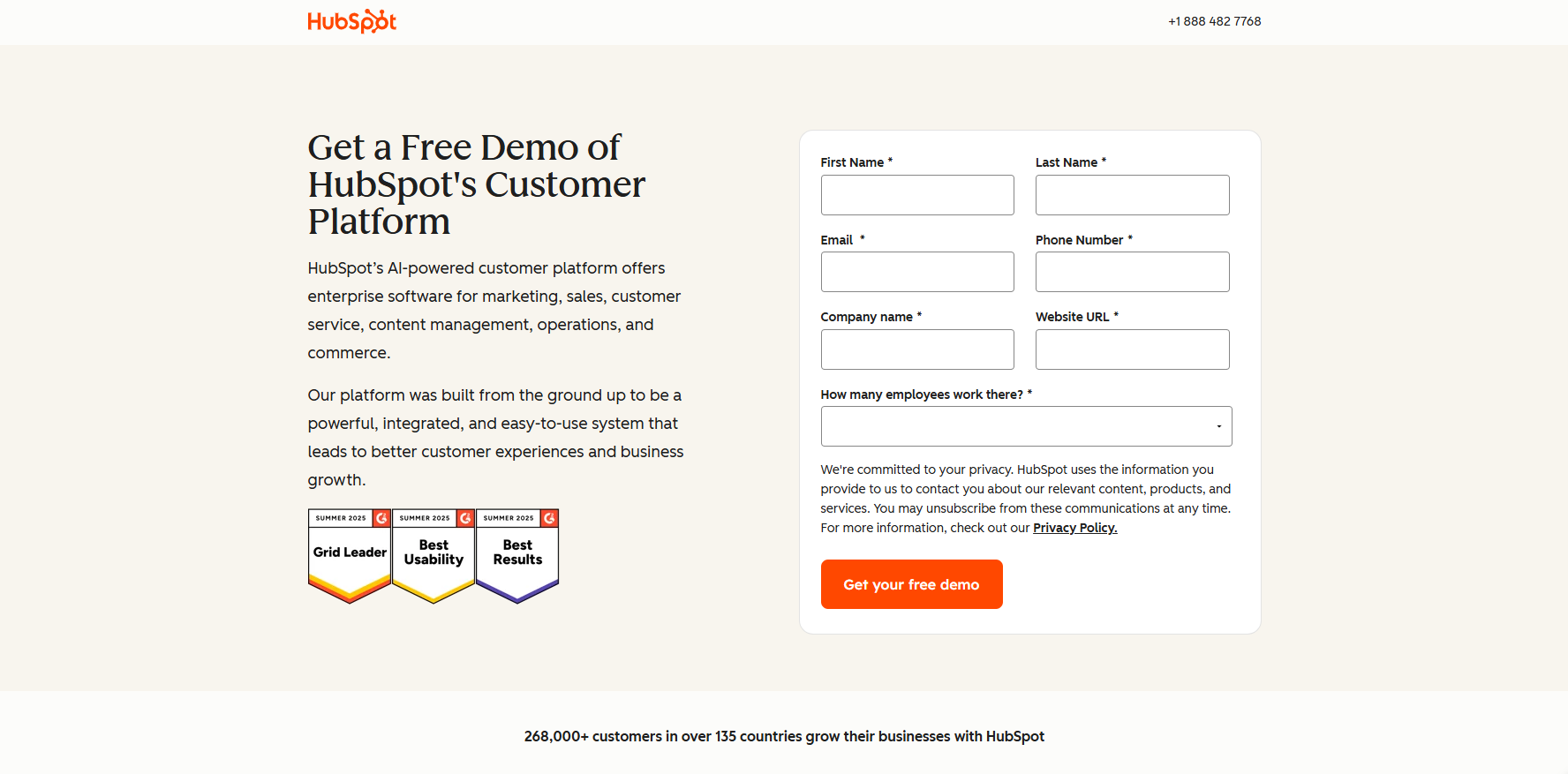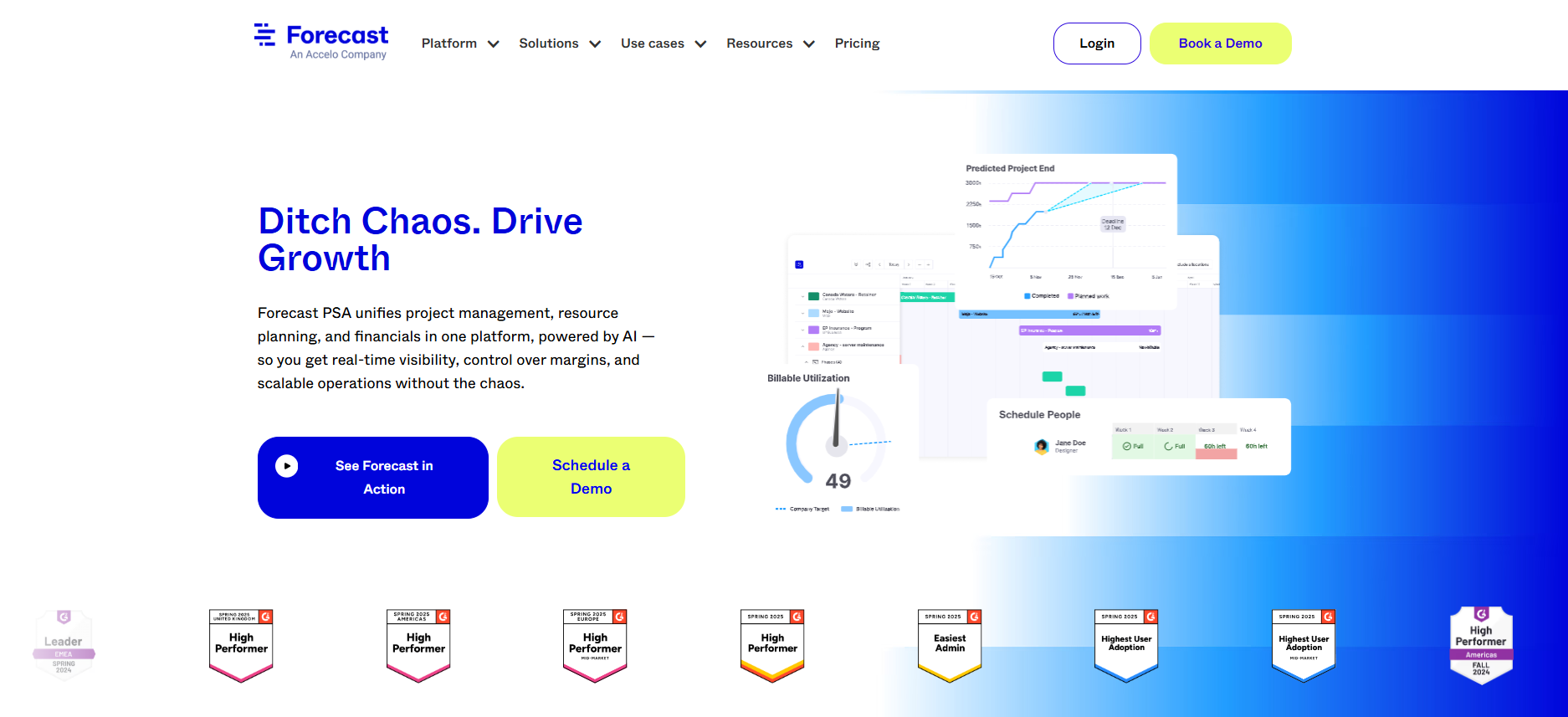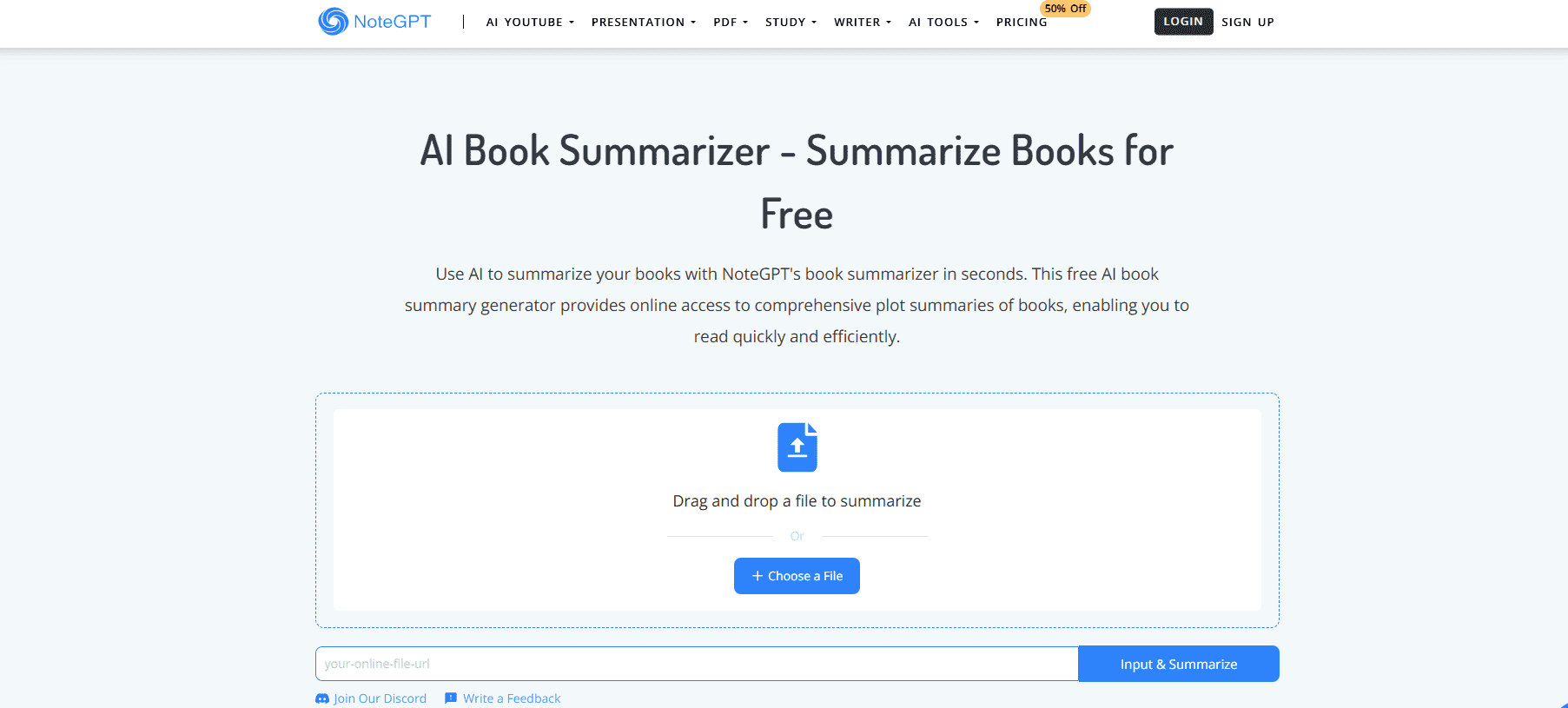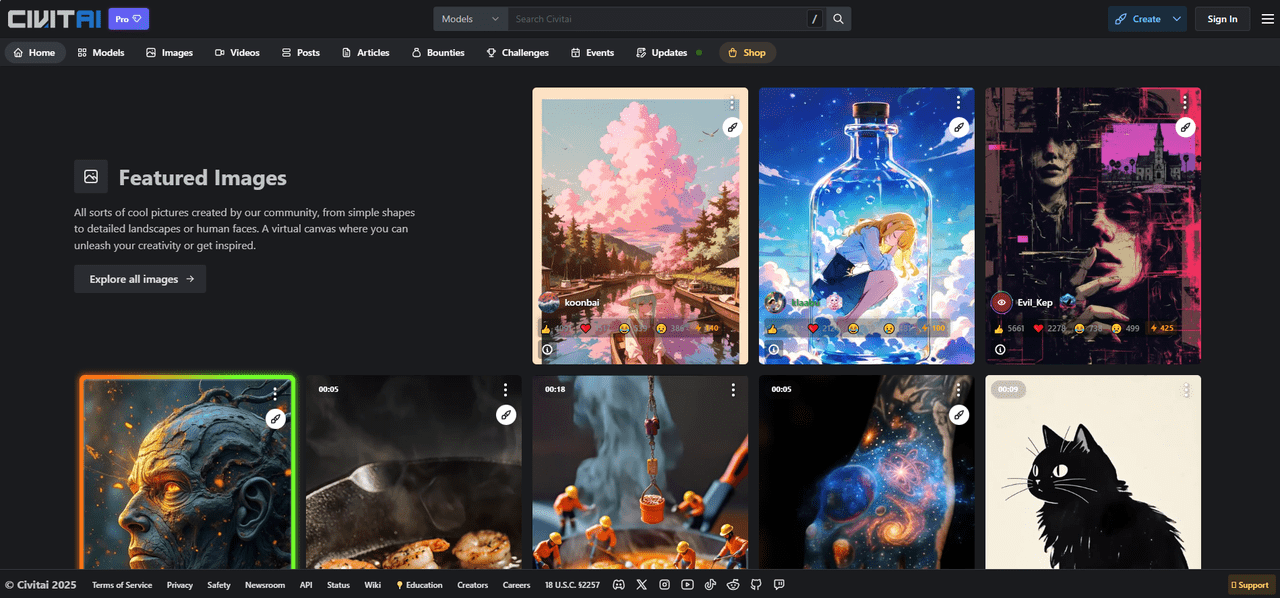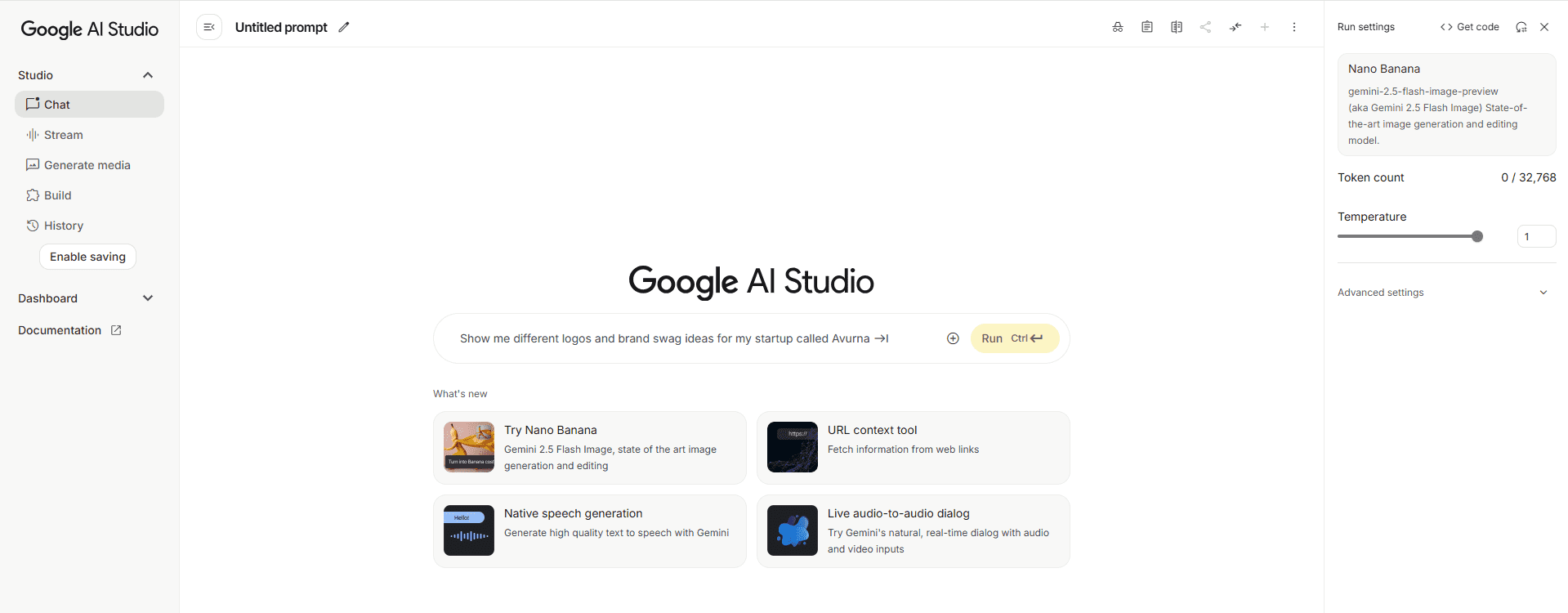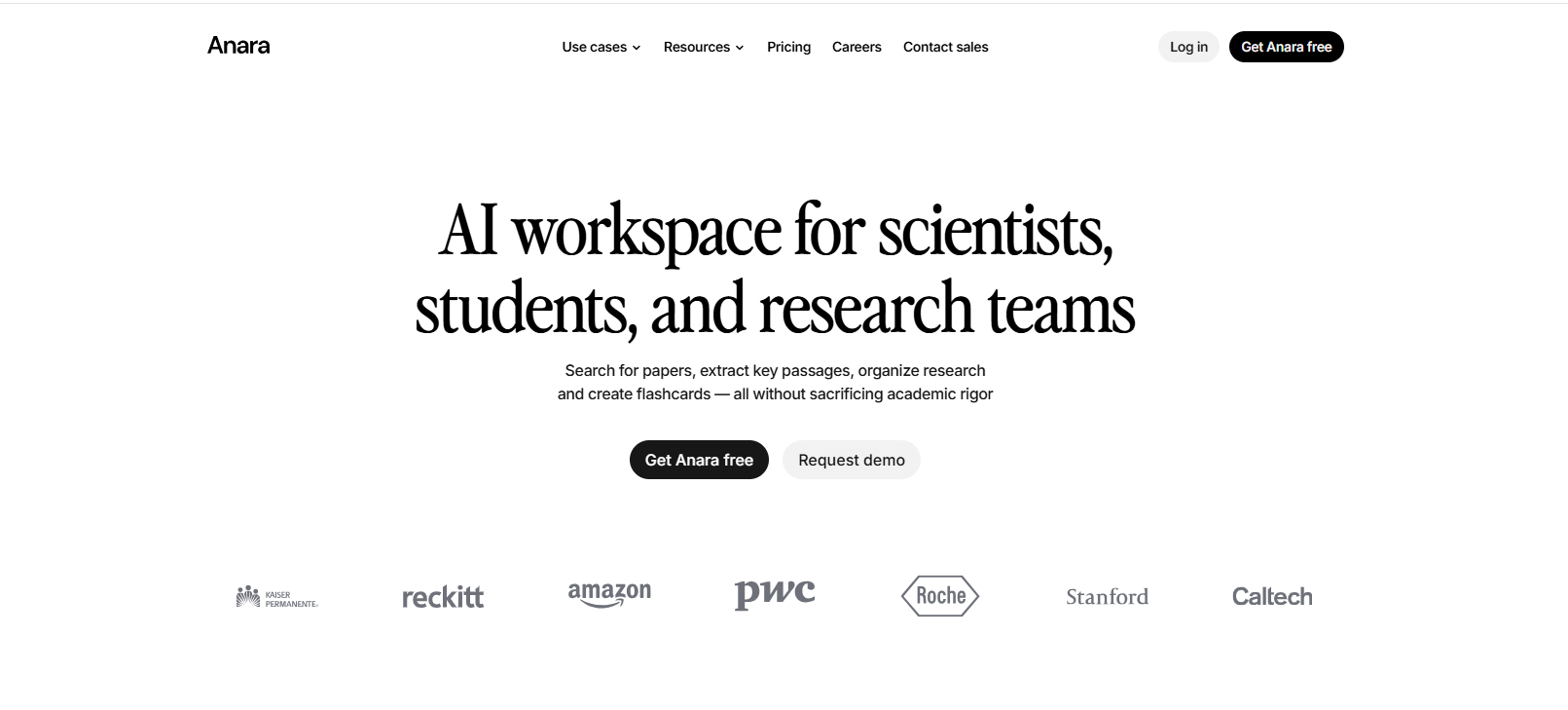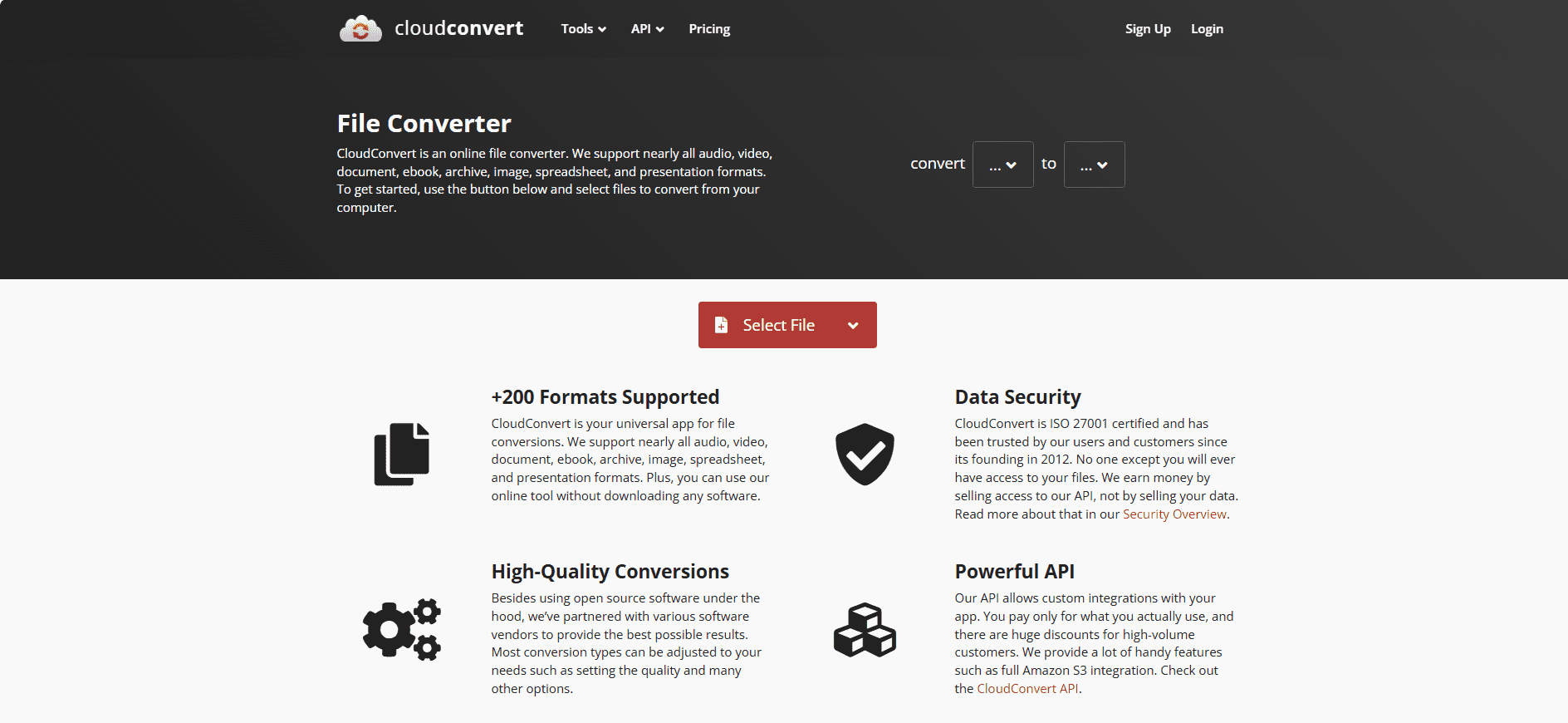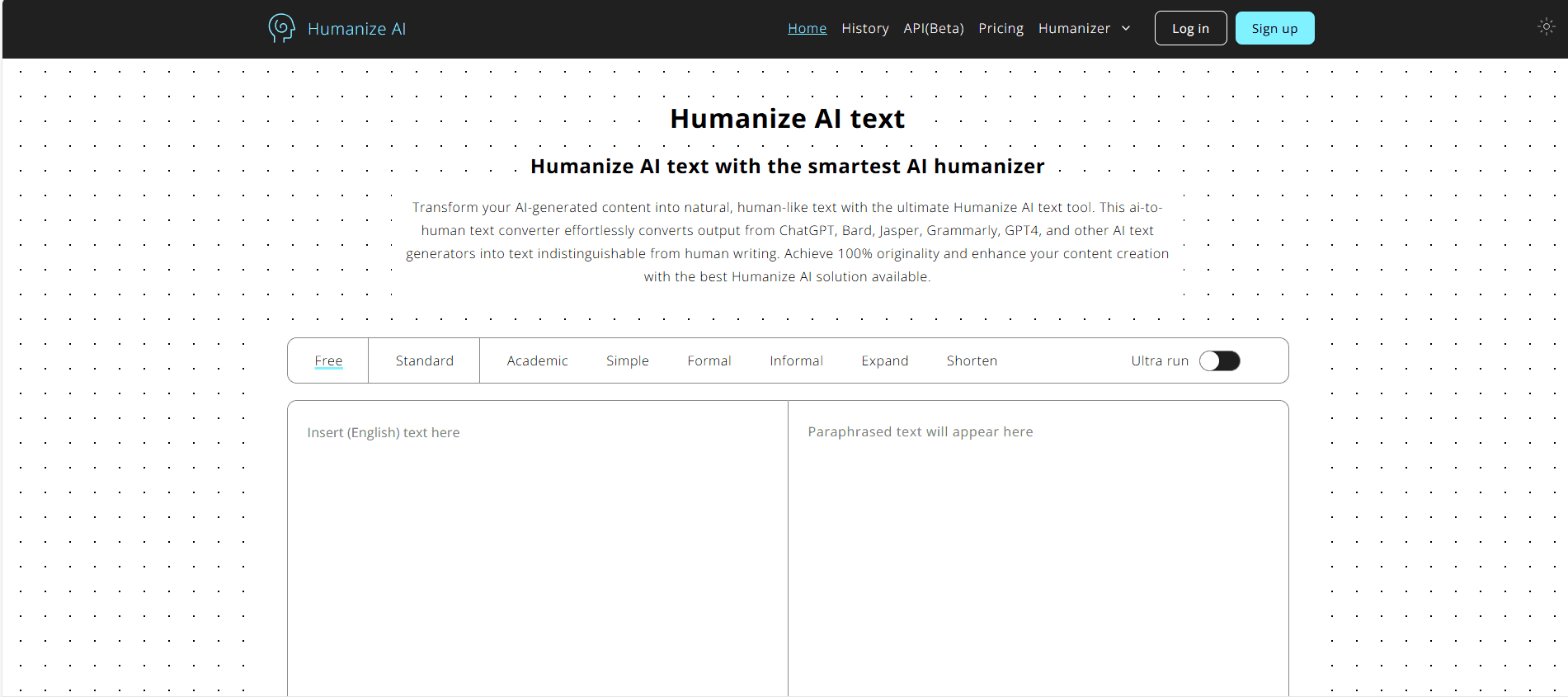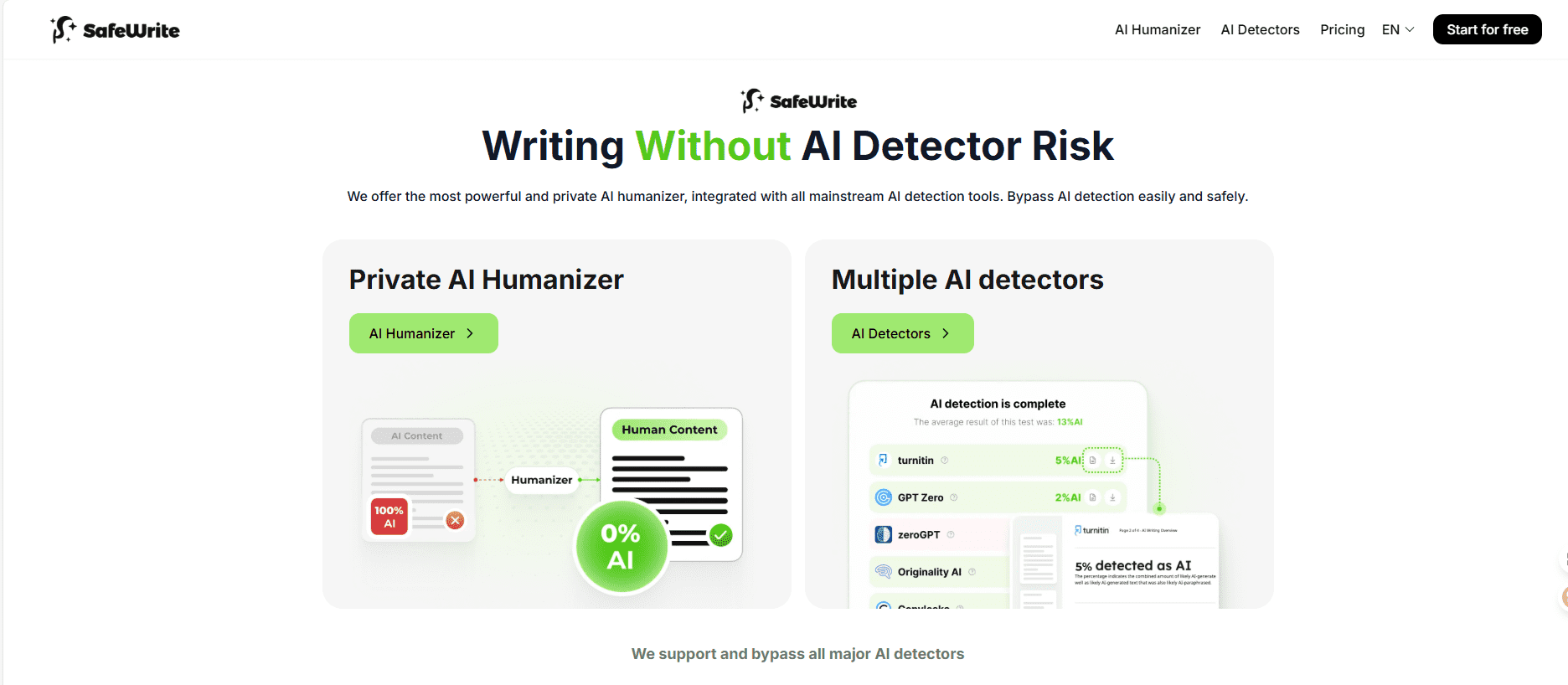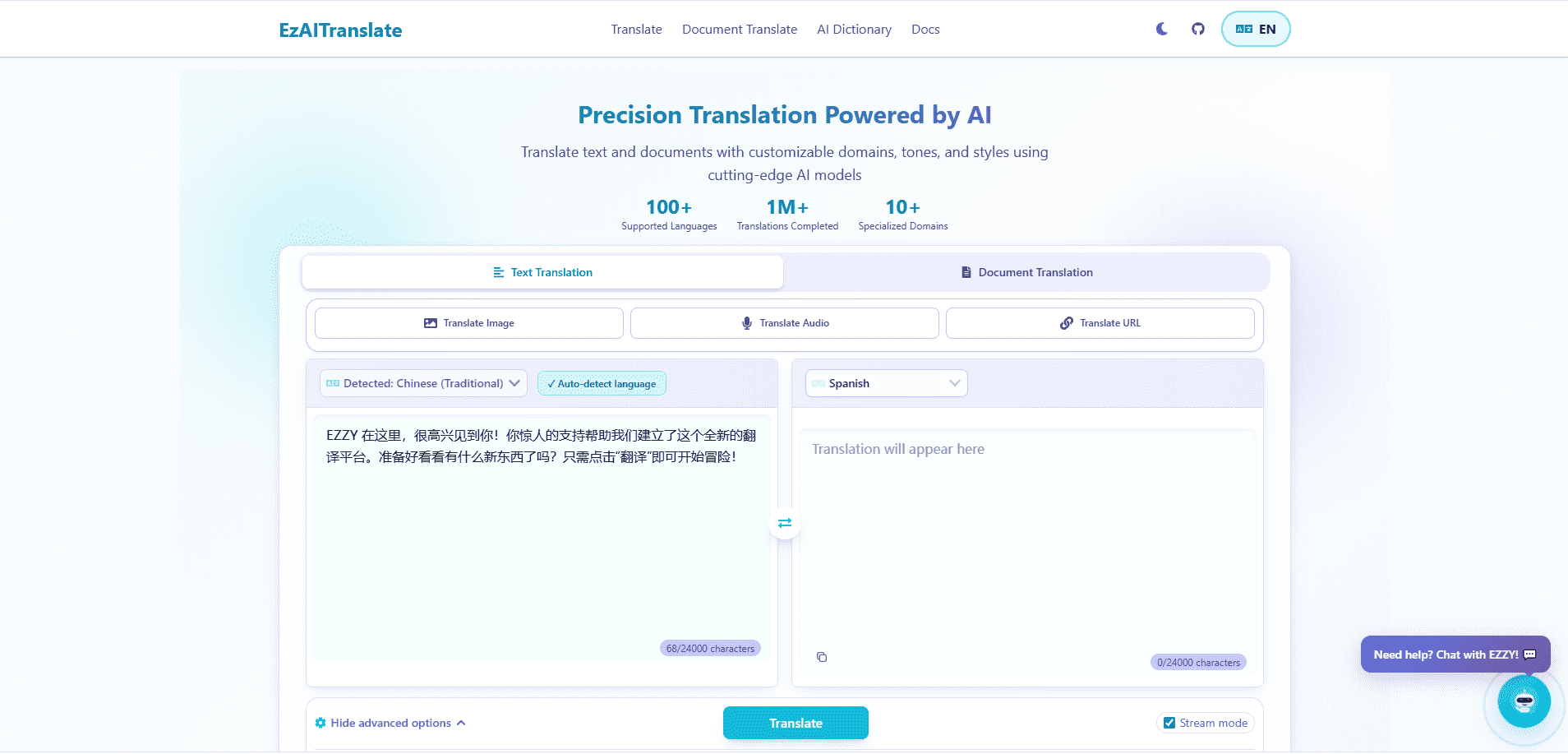Why Traditional Security Falls Short
Security breaches cost organizations an average of $4.45 million per incident according to IBM’s 2023 Cost of a Data Breach Report. The right devsecops tools can catch vulnerabilities before they become headlines. Here are nine tools that deliver real protection, not just compliance checkboxes.
1. Trivy
Trivy stands out among open source devsecops tools by scanning containers, Infrastructure as Code, and application code with a single binary. No complex setup, no database management—just download and run.
Key scanning capabilities:
– Container images from any registry
– Terraform, CloudFormation, and Kubernetes manifests
– Programming language dependencies (npm, pip, gem, cargo)
– Git repositories directly from URLs
The tool’s strength lies in its accuracy. Trivy maintains its own vulnerability database, updated every 6 hours from multiple sources including NVD, Red Hat Security Data, and Ubuntu CVE Tracker. This reduces false positives that plague other scanners.
2. Semgrep
Custom Rules
Semgrep transforms how teams implement application security. Unlike traditional SAST tools requiring weeks of tuning, Semgrep lets you write custom rules in minutes using familiar syntax patterns.
Language Support
Semgrep currently supports 30+ languages without requiring build environments:
– Traditional: Java, Python, JavaScript, Go, Ruby
– Modern: Rust, TypeScript, Kotlin, Swift
– Infrastructure: Terraform, Dockerfile, YAML
This breadth makes it ideal for polyglot organizations. One tool replaces multiple language-specific scanners, simplifying the devsecops tools comparison chart for security teams.
The engine uses semantic analysis, understanding code structure beyond simple pattern matching. This catches variations that regex-based tools miss while maintaining sub-second scanning speed for most codebases.
3. Falco
Runtime Protection
Falco detects threats that static analysis can’t catch. By monitoring system calls at the kernel level, it identifies suspicious behavior in real-time—whether from misconfigured applications or actual attacks.
Default rules detect:
– Shell spawned in container
– Sensitive file access (/etc/shadow, ~/.ssh)
– Unexpected network connections
– Privilege escalation attempts
– Container escapes
– rule: Terminal shell in container
desc: A shell was spawned in a container
condition: spawned_process and container and shell_procs
output: “Shell spawned in container (user=%user.name container=%container.name)”
priority: WARNING
eBPF Technology
Falco’s eBPF probe runs in kernel space, providing:
– Near-zero performance overhead (typically <3%)
– No kernel module compilation needed
– Compatibility across Linux distributions
– Protection against kernel module rootkits
The eBPF approach makes Falco particularly valuable for container security devsecops tools requirements. Traditional security agents can’t see inside containers; Falco monitors everything at the syscall level.
Integration with SIEM platforms happens through:
– Falcosidekick for forwarding alerts
– Native Kubernetes audit log support
– Prometheus metrics exposure
– CloudWatch, Datadog, and Slack outputs
4. Checkov
IaC Security
Checkov prevents cloud misconfigurations before deployment. Supporting Terraform, CloudFormation, Azure Resource Manager, and Kubernetes manifests, it’s become essential for cloud-native teams.
The tool includes 2,500+ policies covering:
– CIS benchmarks for AWS, Azure, GCP
– PCI DSS, HIPAA, SOC2 compliance
– Security best practices
– Cost optimization rules
Auto-Remediation
Checkov doesn’t just find problems—it fixes them. The `–fix` flag automatically corrects common issues:
– Adds encryption to S3 buckets
– Enables logging on load balancers
– Restricts security group rules
– Tags resources for compliance
– Pre-commit hooks catch issues before code commit
– CI/CD pipeline gates prevent bad deployments
– Admission controllers block non-compliant Kubernetes resources
– IDE extensions provide real-time feedback
5. Snyk
Developer Experience
Snyk succeeds where traditional security tools fail by prioritizing developer workflow. Instead of generating PDF reports for security teams, it provides actionable fixes directly in developer tools.
IDE integrations for VS Code, IntelliJ, and others show vulnerabilities as you code:
– Inline vulnerability warnings
– One-click fix suggestions
– License compliance alerts
– Performance impact indicators
Dependency Analysis
Snyk’s dependency scanning goes beyond simple CVE matching. The platform understands:
– Transitive dependencies (dependencies of dependencies)
– Actual usage patterns through call graph analysis
– Reachability of vulnerable code paths
– Fix impact on other dependencies
This intelligence reduces noise. Instead of hundreds of theoretical vulnerabilities, developers see the 10-20 that actually matter.
The platform continuously monitors for new vulnerabilities:
– Automatic PR creation when fixes become available
– Priority scoring based on exploit maturity
– Integration with Jira, Slack, and PagerDuty
– Custom policies for organizational requirements
For enterprise devsecops tools platform needs, Snyk provides:
– Single sign-on and RBAC
– On-premise deployment options
– API access for custom integrations
– Compliance reporting dashboards
6. HashiCorp Vault
Secrets Management
HashiCorp Vault solves the fundamental problem of devsecops tools for aws cloud and other platforms: secure secret storage and distribution. Hard-coded credentials disappear when applications retrieve secrets at runtime.
Core capabilities:
– Dynamic secret generation (database credentials created on-demand)
– Encryption as a service (encrypt data without managing keys)
– Certificate authority for internal PKI
– TOTP generation for two-factor authentication
Dynamic Credentials
Vault’s dynamic credentials work across platforms:
– AWS IAM roles and STS tokens
– Azure service principals
– GCP service accounts
– Database users for PostgreSQL, MySQL, MongoDB
– SSH certificates for host access
– RabbitMQ, Kafka credentials
Applications request credentials when needed, receiving temporary tokens that auto-expire. No more AWS keys in environment variables or configuration files.
For Kubernetes, the Vault CSI provider injects secrets directly into pods:
– Secrets never touch etcd
– Automatic rotation without pod restarts
– Audit logging of all secret access
– Integration with service mesh for zero-trust networking
7. OPA (Open Policy Agent)
Policy Engine
Open Policy Agent provides unified policy enforcement across the stack. Whether controlling Kubernetes admission, API authorization, or data access, OPA uses the same declarative language.
This consistency eliminates security gaps between services. Netflix uses OPA to manage authorization across hundreds of microservices. The same policies apply whether requests come through REST APIs, GraphQL, or gRPC.
Microservices Auth
OPA revolutionizes microservices authorization by decoupling policy from code. Services query OPA for decisions instead of embedding authorization logic:
Benefits for automated devsecops tools workflow:
– Policy updates without code deployments
– Centralized audit logging
– Testing policies independently
– Version control for compliance
Integration patterns:
– Sidecar proxy for zero code changes
– Library integration for performance
– Gateway enforcement for edge security
– Kubernetes admission control for resource policies
8. Grype
Vulnerability Detection
Grype excels at vulnerability scanning for free devsecops tools for startups. Unlike commercial scanners, it provides enterprise features without licensing costs.
Scanning capabilities:
– Container images (Docker, OCI)
– Directories and archives
– SBOM files (SPDX, CycloneDX)
– Running containers via Docker daemon
The tool maintains compatibility with multiple vulnerability databases:
– NVD (National Vulnerability Database)
– GitHub Advisory Database
– Alpine SecDB
– Amazon Linux Security Center
– RedHat Security Data
SBOM Integration
Grype pioneered SBOM-based scanning, working seamlessly with Software Bill of Materials:
– Offline scanning without image access
– Historical vulnerability analysis
– Supply chain attestation
– Compliance reporting
For devsecops tools integration guide requirements:
– Jenkins plugin for pipeline integration
– GitHub Actions available in marketplace
– GitLab CI templates provided
– Circle CI orb published
Output formats support various workflows:
– JSON for programmatic processing
– SARIF for GitHub security tab
– Table for human review
– Template for custom formats
9. Cosign
Image Signing
Cosign makes container image signing accessible. Part of the Sigstore project, it eliminates traditional PKI complexity through keyless signing.
Traditional signing requires:
– Certificate authority setup
– Key management infrastructure
– Certificate distribution
– Revocation mechanisms
Common Pitfalls
Success with devsecops tools implementation roadmap comes from gradual adoption. Implement one tool properly before adding the next. Measure reduction in vulnerabilities, mean time to remediation, and developer satisfaction.

